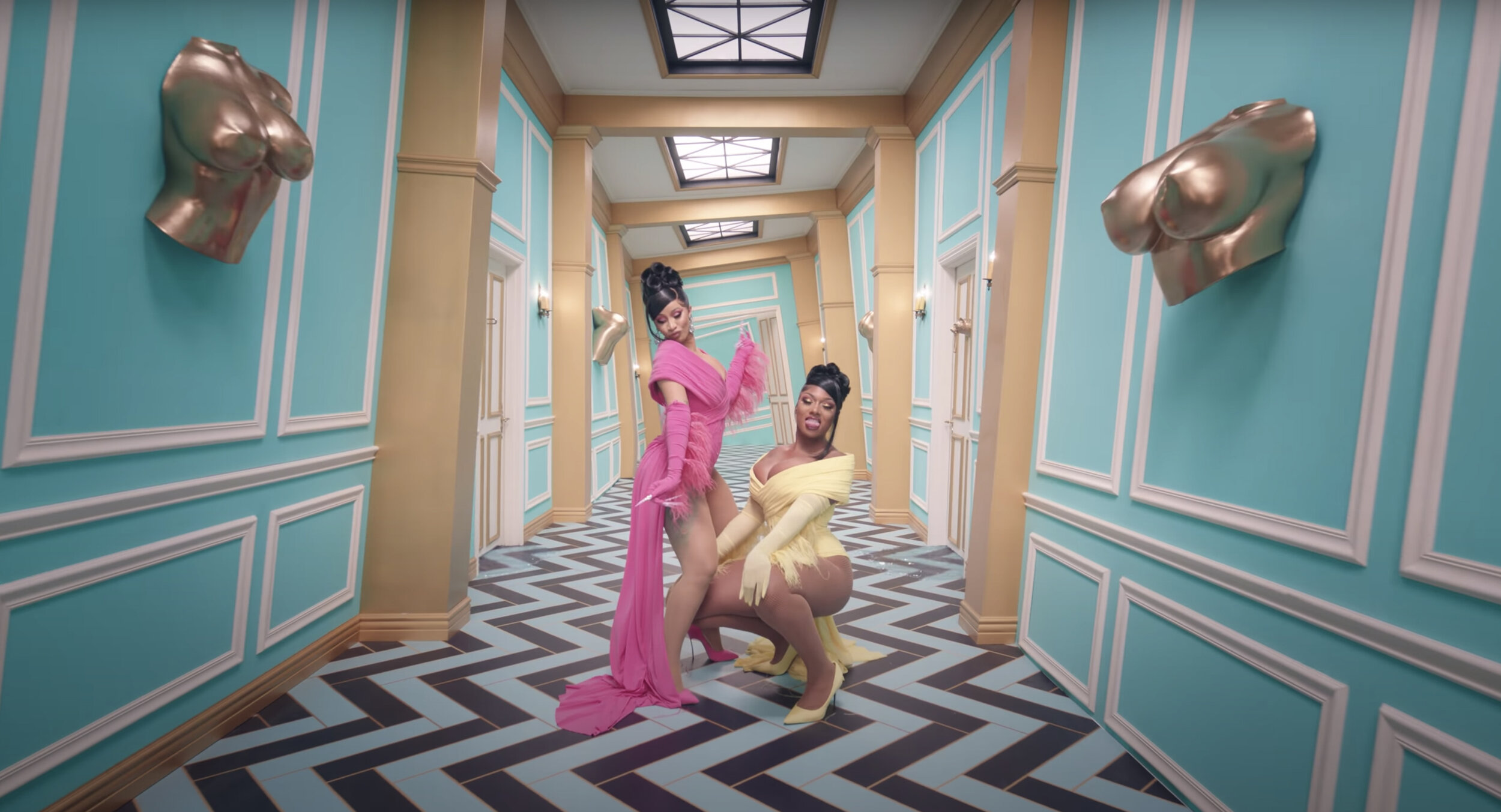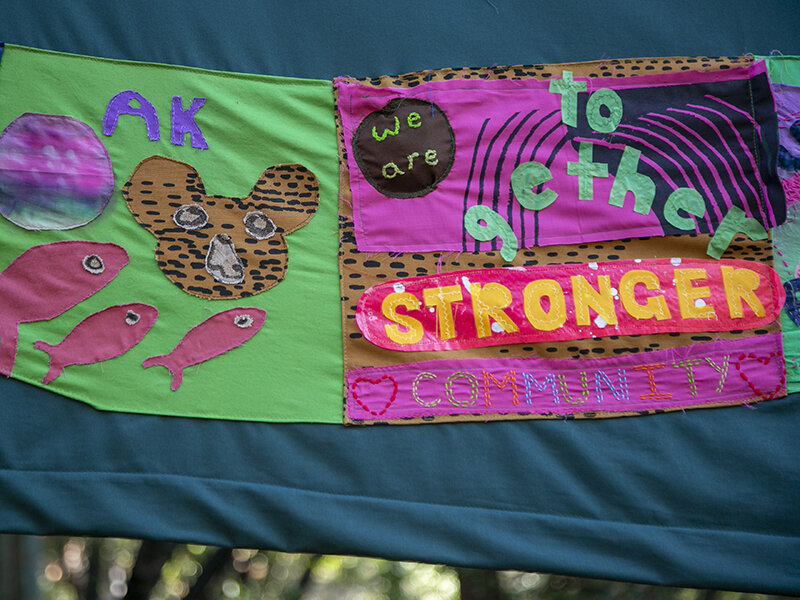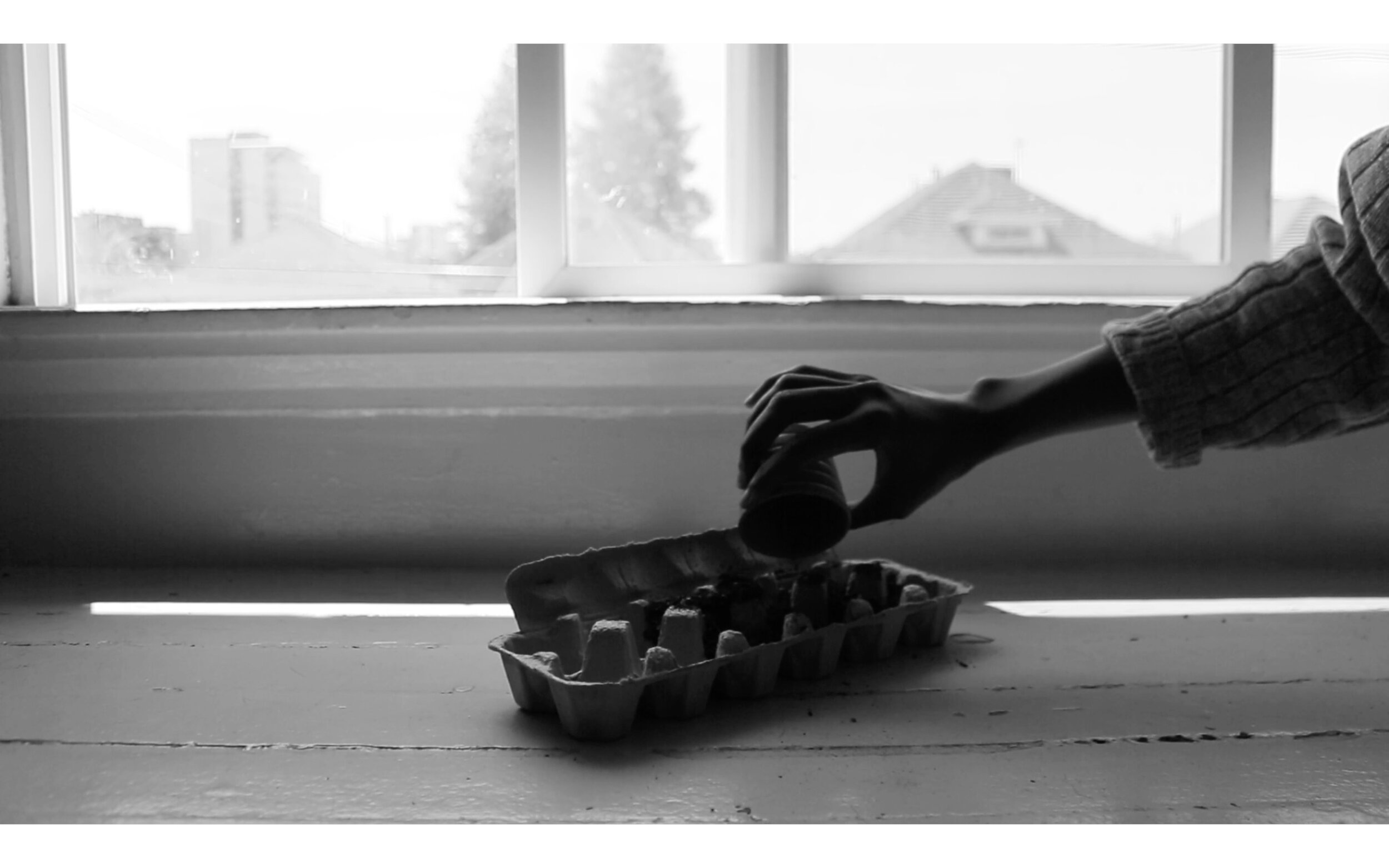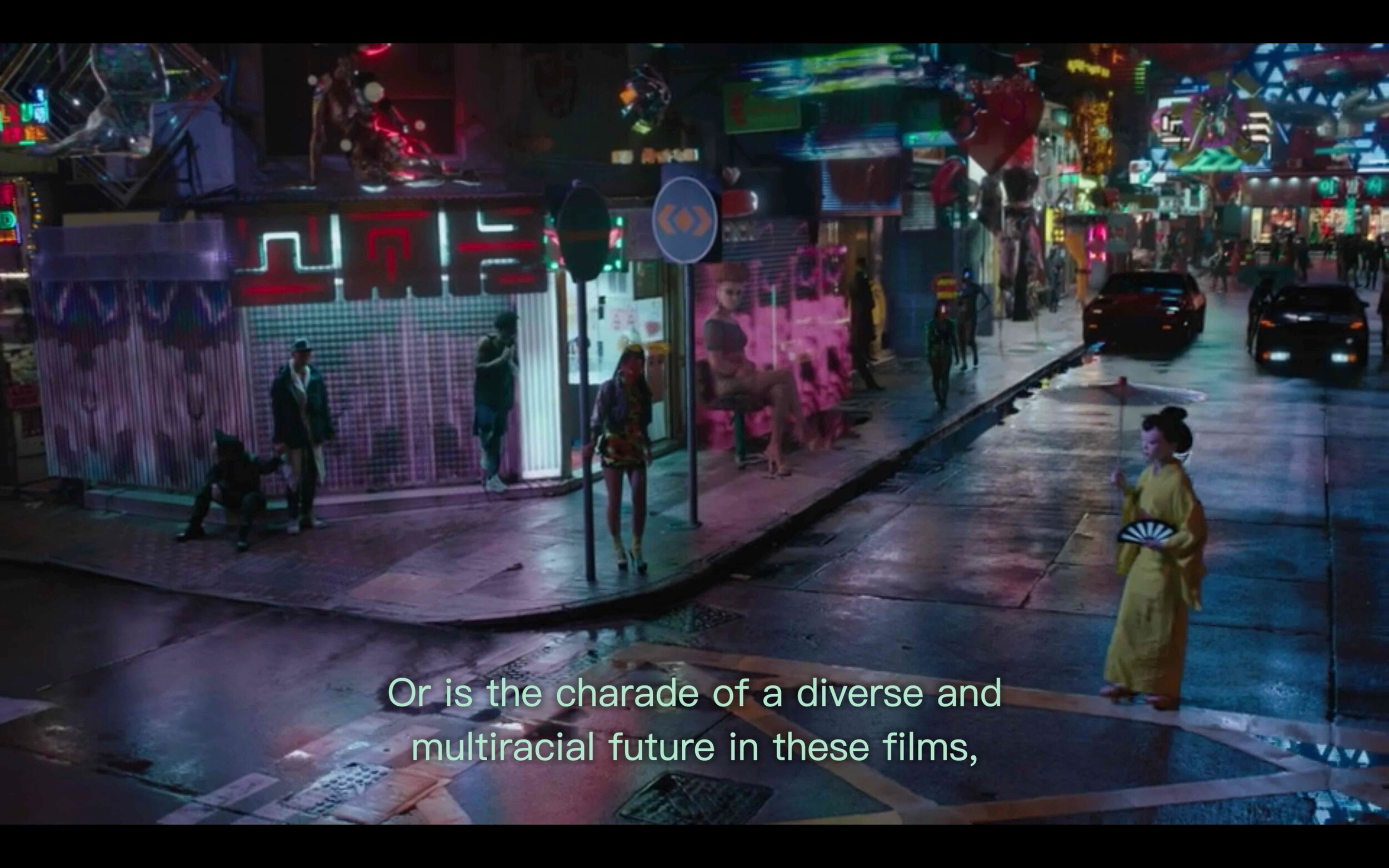VIRTUALLY ASIAN
Astria Suparak
Release Date: February 2, 2021
Read the New York Times article on Asian-American artists as activists
Read the KQED Arts story by Theadora Walsh
Project Description
Virtually Asian is a short video essay that looks at how white science-fiction filmmakers fill the backgrounds of their futuristic worlds with hollow Asian figures — in the form of video and holographic advertisements — while the main cast (if not the entirety of their fictional universe’s population) is devoid of actual Asian people.
With examples from major sci-fi productions spanning four decades, the video reveals this trope as a poor attempt to mask white supremacist imagination and casting. This well-trodden shortcut is meant to create the appearance of a diverse world without hiring non-white people in any significant capacity (in front of or behind the camera).
With a soundtrack by Vietnamese French beatmaker Onra, which deftly blends traditional and pop Chinese music from the 1960s with hip-hop, Virtually Asian is Thai American artist Astria Suparak’s first video. It is part of Suparak’s ongoing research project, Asian futures, without Asians.
Update (September 10, 2021)
On February 2, 2021, Berkeley Art Center premiered Virtually Asian, a commissioned project by artist and scholar Astria Suparak. This timely new work is a short video essay that looks at how white filmmakers fill the backgrounds of their futuristic worlds with hollow Asian figures — in the form of video and holographic advertisements — while the main cast (if not the entirety of their fictional universe’s population) is devoid of actual Asian people. This is one project in Suparak’s longer investigation into anti-Asian racist tropes and whitewashing, which has been meticulously researched through an ongoing project, Asian futures, without Asians.
On August 25, 2021, BBC Arts released a video entitled “Hollywood’s Eastern Futures” investigating the phenomenon of techno-orientalism. This took place after the journalist had been made aware of Suparak’s work and research by the video editor, as acknowledged by the journalist when pressed about it by a viewer via comments on her Instagram post of the video.
Both videos have similar formats: voice-over narration, similar points about techno-orientalism and Asian futures depicted by Hollywood science fiction films, and even use of some of the same language and video clips.
Suparak’s work and research on this topic has been ongoing since 2019, and has been made public in various publications, public events, and social media posts, as well as covered in media outlets:
Mar 2, 2021 | KQED, Astria Suparak’s ‘Virtually Asian’ Analyzes Sci-Fi to Argue for Less Racist Futures
Mar 7, 2021 | Boing Boing, Watch a supercut of sci-fi movies that use Asian bodies without casting Asian characters
April 18, 2021 | New York Times, Pushing Against Hate: Asian-American artists are spurred to activism
May 1, 2021 | Los Angeles Times, Newsletter: Essential Arts: A largely Latino-free Oscars in L.A’s Mexican Heart
As an artist-centered organization, the Berkeley Art Center strongly advocates for artists and recognizes the power imbalances at play when large institutions —in this case, a global media outlet— fail to properly credit artist work and scholarship. We encourage the writer and producers of Inside Cinema at BBC Arts to correct their missteps in failing to credit Suparak’s work and research, as there are clear influences on BBC’s August release. The role artists play in flagging issues in our society can be incredibly impactful yet is often uncredited, overlooked, and undercompensated.
While we recognize that there is the possibility for coincidental, parallel research, the fact remains that the writer and video editor were aware of Suparak’s video essay prior to releasing the BBC piece, and there are similarities between the two videos that cannot be neglected.
Berkeley Art Center challenges large institutions, corporations, and organizations to commit to best practices in journalistic integrity by better supporting and crediting independent artists and scholars such as Astria Suparak.
ARTIST BIO
ASTRIA SUPARAK is an artist and curator based in Oakland. Her cross-disciplinary practice often addresses urgent political issues and has taken the form of new tools and publicly accessible databases of subcultures and misunderstood histories. Her current research includes linguistics, diasporas, food histories, and sci-fi.
Suparak’s creative and collaborative projects have been exhibited and performed at Artists Space (New York), ICA London, SFMOMA, Tensta Konsthall (Stockholm), Institute of Contemporary Art (Philadelphia), Yerba Buena Center for the Arts (San Francisco), and the Andy Warhol Museum (Pittsburgh), and published in LTTR and Graffiti Women: Street Art from Five Continents. Her writing has appeared in The Getty blog, Art21 Magazine, VICE Magazine’s Noisey, Boing Boing, The Exhibitionist, Queer Threads: Crafting Identity and Community, and The Museum Is Not Enough.
Follow Astria on Instagram
Follow Astria on Twitter
Follow Astria on Facebook
Part of the Digital Exhibition “The Option To…”
Berkeley Art Center presents a series of newly commissioned projects by artists working in video, animation, writing, textiles, photography, and interactive media. As we continue to navigate a world of limited interaction, we commissioned six artists to make pieces that we could present online in some way. There was no thematic requirement, no overarching curatorial framework — just an opportunity to respond to our new shared reality with an idea that they saw as relevant to the continuation or expansion of their practice. For us, the value of these works is in the process of their making as much as in the thing that is made.
Their timing coincides with a yearlong initiative by the Feminist Art Coalition to draw attention to projects informed by various feminisms. New projects will be released every few weeks from October 2020 through February 2021.






